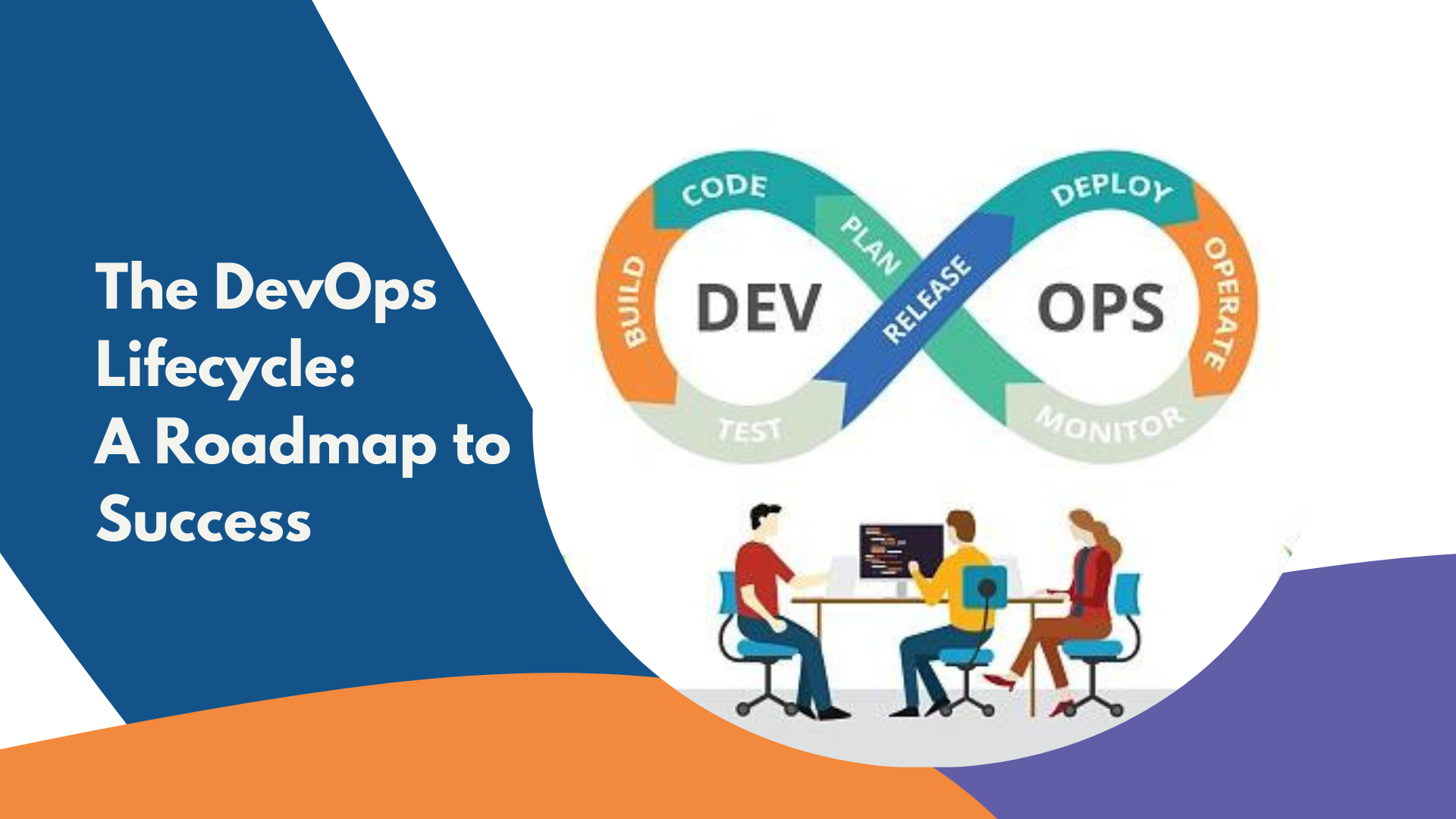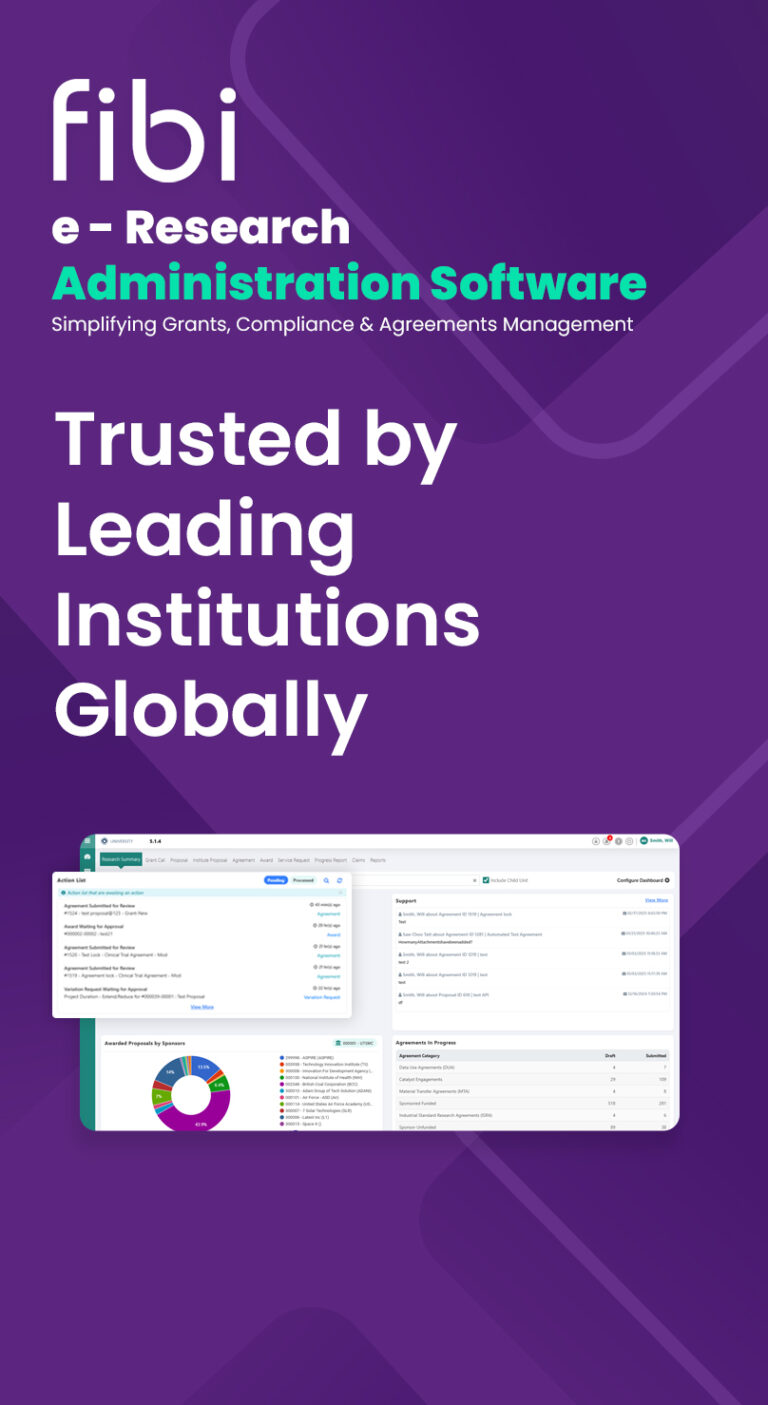Federal research grants are indispensable for advancing scientific and technological frontiers, providing crucial funding that drives innovation and societal development. However, managing these grants post-award presents significant administrative challenges that can hinder research efficiency and productivity. This article aims to identify these challenges and propose solutions, including the use of the Research Administration System, to alleviate administrative burdens for research administrators and principal investigators (PIs).
1: Understanding Post-Award Research Grant Management
Post-award research grant management encompasses all activities from issuing the Notice of Award (NOA) to project closeout. This phase ensures compliance with regulations and effective utilization of funds to achieve research goals.
Key Phases: The process spans from the NOA, detailing project terms and funding, to the final project closeout.
Roles and Responsibilities: Post-award research administrators (PARAs) oversee financial compliance, research accounting, fund management, and regulatory adherence.
2: Identifying Key Administrative Burdens
Administrative burdens in post-award research grant management include effort reporting, financial compliance monitoring, grant modifications, and detailed reporting requirements. Surveys like those conducted by the Federal Demonstration Partnership (FDP) highlight these as major challenges.
Specific Burdens by Federal Grant Sponsors: Different sponsors such as NIH, DOD, and DOE impose varying administrative requirements, impacting management complexity.
3: The Impact of Administrative Burden on Research Efficiency
Administrative tasks divert valuable time and resources from research activities, affecting overall productivity. Case studies underscore how these burdens contribute to delays in scientific progress and diminish faculty morale, influencing tenure and career advancement.
4: Strategies for Alleviating Administrative Burdens
Recommendations for Federal Agencies: Standardizing regulations and minimizing redundant requirements can simplify grant management processes.
The Role of Technology in Optimizing Administrative Tasks
Technology plays a pivotal role in reducing administrative burdens by automating and simplifying complex tasks:
Electronic Research Administration (eRA) Systems: These systems optimize the entire grant management lifecycle, from proposal submission to project closeout.
ORCID iDs: Unique identifiers help researchers manage professional information, reducing redundant data entry. Integration with Research Administration Systems can further streamline this process.
SciENcv: Simplifies bio-sketch creation and document management for grant applications.
Best Practices for Research Institutions
Institutions can enhance support for PIs and PARAs through:
Effective Internal Policies: Clear policies optimize processes and ensure compliance. Research Administration Systems can help enforce and manage these policies.
Centralized Administrative Support: Providing centralized services reduces administrative workload on researchers.
Training Programs: Comprehensive training keeps administrators updated on regulations and best practices.
5: Collaborative Efforts for Systemic Change
Collaboration among federal agencies, research institutions, and professional organizations is crucial for implementing effective policies and reducing administrative burdens. Ongoing initiatives like the Federal Research Business Models Working Group (RBMWG) focus on optimizing processes and improving efficiency.
Future Directions
Continuous feedback and improvement are essential to sustain efficiency gains in grant management. Stakeholders must advocate for systemic changes that support research activities effectively.
Conclusion
Reducing administrative burdens in post-award federal research grant management is paramount for advancing scientific innovation. By implementing standardized processes, leveraging technology such as Research Administration Systems, and fostering collaboration, stakeholders can create an environment that supports impactful research.


























